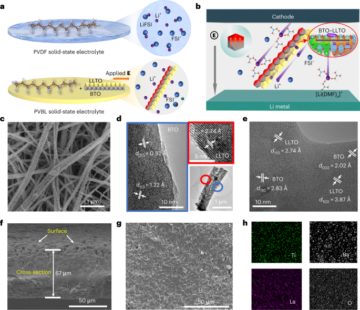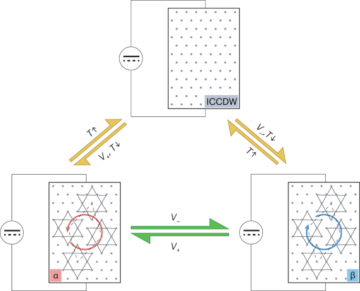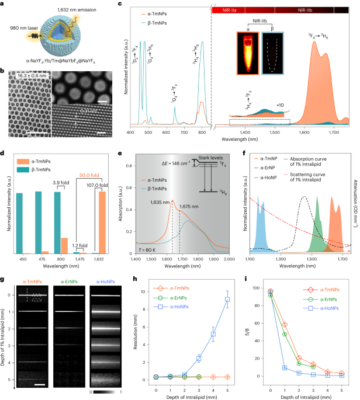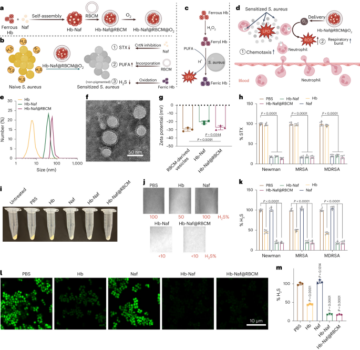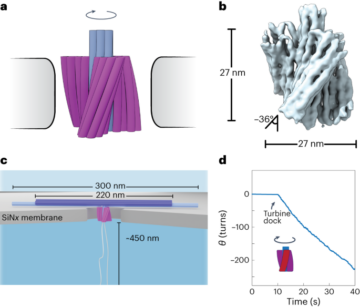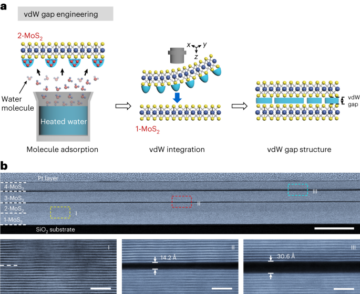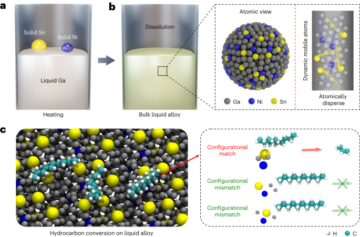
International Roadmap for Devices and Systems (IRDS) https://irds.ieee.org/ (2017).
Hwang, C. S. Prospective of semiconductor memory devices: from memory system to materials. Adv. Electron. Mater. 1, 1400056 (2015).
Chhowalla, M., Jena, D. & Zhang, H. Two-dimensional semiconductors for transistors. Nat. Rev. Mater. 1, 16052 (2016).
Novoselov, K. S. et al. Electric field effect in atomically thin carbon films. Science 306, 666–669 (2004).
Radisavljevic, B., Radenovic, A., Brivio, J., Giacometti, V. & Kis, A. Single-layer MoS2 transistors. Nat. Nanotechnol. 6, 147–150 (2011).
Li, L. et al. Black phosphorus field-effect transistors. Nat. Nanotechnol. 9, 372–377 (2014).
Feng, W., Zheng, W., Cao, W. & Hu, P. Back gated multilayer InSe transistors with enhanced carrier mobilities via the suppression of carrier scattering from a dielectric interface. Adv. Mater. 26, 6587–6593 (2014).
Wu, L. et al. InSe/hBN/graphite heterostructure for high-performance 2D electronics and flexible electronics. Nano Res. 13, 1127–1132 (2020).
Geim, A. K. & Grigorieva, I. V. Van der Waals heterostructures. Nature 499, 419–425 (2013).
Liu, Y. et al. Van der Waals heterostructures and devices. Nat. Rev. Mater. 1, 16042 (2016).
Novoselov, K. S., Mishchenko, A., Carvalho, A. & Castro Neto, A. H. 2D materials and van der Waals heterostructures. Science 353, aac9439 (2016).
Haigh, S. J. et al. Cross-sectional imaging of individual layers and buried interfaces of graphene-based heterostructures and superlattices. Nat. Mater. 11, 764–767 (2012).
Kretinin, A. V. et al. Electronic properties of graphene encapsulated with different two-dimensional atomic crystals. Nano Lett. 14, 3270–3276 (2014).
Fiori, G. et al. Electronics based on two-dimensional materials. Nat. Nanotechnol. 9, 768–779 (2014).
Bertolazzi, S., Krasnozhon, D. & Kis, A. Nonvolatile memory cells based on MoS2/graphene heterostructures. ACS Nano 7, 3246–3252 (2013).
Choi, M. S. et al. Controlled charge trapping by molybdenum disulphide and graphene in ultrathin heterostructured memory devices. Nat. Commun. 4, 1624 (2013).
Li, D. et al. Nonvolatile floating-gate memories based on stacked black phosphorus–boron nitride–MoS2 heterostructures. Adv. Funct. Mater. 25, 7360–7365 (2015).
Wang, S. et al. New floating gate memory with excellent retention characteristics. Adv. Electron. Mater. 5, 1800726 (2019).
Hong, A. J. et al. Graphene flash memory. ACS Nano 5, 7812–7817 (2011).
Lee, S. et al. Impact of gate work-function on memory characteristics in Al2O3/HfOx/Al2O3/graphene charge-trap memory devices. Appl. Phys. Lett. 100, 023109 (2012).
Chen, M. et al. Multibit data storage states formed in plasma-treated MoS2 transistors. ACS Nano 8, 4023–4032 (2014).
Wang, J. et al. Floating gate memory‐based monolayer MoS2 transistor with metal nanocrystals embedded in the gate dielectrics. Small 11, 208–213 (2015).
Zhang, E. et al. Tunable charge-trap memory based on few-layer MoS2. ACS Nano 9, 612–619 (2015).
Feng, Q., Yan, F., Luo, W. & Wang, K. Charge trap memory based on few-layer black phosphorus. Nanoscale 8, 2686–2692 (2016).
Lee, D. et al. Black phosphorus nonvolatile transistor memory. Nanoscale 8, 9107–9112 (2016).
Liu, C. et al. Eliminating overerase behavior by designing energy band in high‐speed charge‐trap memory based on WSe2. Small 13, 1604128 (2017).
Wang, P. F. et al. A semi-floating gate transistor for low-voltage ultrafast memory and sensing operation. Science 341, 640–643 (2013).
Liu, C. et al. A semi-floating gate memory based on van der Waals heterostructures for quasi-non-volatile applications. Nat. Nanotechnol. 13, 404–410 (2018).
Kahng, D. & Sze, S. M. A floating gate and its application to memory devices. Bell Syst. Tech. J. 46, 1288–1295 (1967).
Lee, J.-D., Hur, S.-H. & Choi, J.-D. Effects of floating-gate interference on NAND flash memory cell operation. IEEE Electron Device Lett. 23, 264–266 (2002).
Misra, A. et al. Multilayer graphene as charge storage layer in floating gate flash memory. In 2012 4th IEEE International Memory Workshop 1–4 (2012).
Vu, Q. A. et al. Two-terminal floating-gate memory with van der Waals heterostructures for ultrahigh on/off ratio. Nat. Commun. 7, 12725 (2016).
Yang, J. J., Strukov, D. B. & Stewart, D. R. Memristive devices for computing. Nat. Nanotechnol. 8, 13–24 (2013).
Cho, T. et al. A dual-mode NAND flash memory: 1-Gb multilevel and high-performance 512-Mb single-level modes. IEEE J. Solid-State Circuits 36, 1700–1706 (2001).
Xiang, D. et al. Two-dimensional multibit optoelectronic memory with broadband spectrum distinction. Nat. Commun. 9, 2966 (2018).
Tran, M. D. et al. Two-terminal multibit optical memory via van der Waals heterostructure. Adv. Mater. 31, 1807075 (2019).
Kang, K. et al. Layer-by-layer assembly of two-dimensional materials into wafer-scale heterostructures. Nature 550, 229–233 (2017).
Li, X. et al. Large-area synthesis of high-quality and uniform graphene films on copper foils. Science 324, 1312–1314 (2009).
Pan, Y. et al. Highly ordered, millimeter-scale, continuous, single-crystalline graphene monolayer formed on Ru (0001). Adv. Mater. 21, 2777–2780 (2009).
Shi, Z. et al. Vapor–liquid–solid growth of large-area multilayer hexagonal boron nitride on dielectric substrates. Nat. Commun. 11, 849 (2020).
Kang, K. et al. High-mobility three-atom-thick semiconducting films with wafer-scale homogeneity. Nature 520, 656–660 (2015).
Liu, L., Ding, Y., Li, J., Liu, C. & Zhou, P. Ultrafast non-volatile flash memory based on van der Waals heterostructures. Preprint at https://arxiv.org/abs/2009.01581 (2020).
Lee, G.-H. et al. Flexible and transparent MoS2 field-effect transistors on hexagonal boron nitride-graphene heterostructures. ACS Nano 7, 7931–7936 (2013).
Castellanos-Gomez, A. et al. Deterministic transfer of two-dimensional materials by all-dry viscoelastic stamping. 2D Mater. 1, 011002 (2014).
Wang, G. et al. Introduction of interfacial charges to black phosphorus for a family of planar devices. Nano Lett. 16, 6870–6878 (2016).



